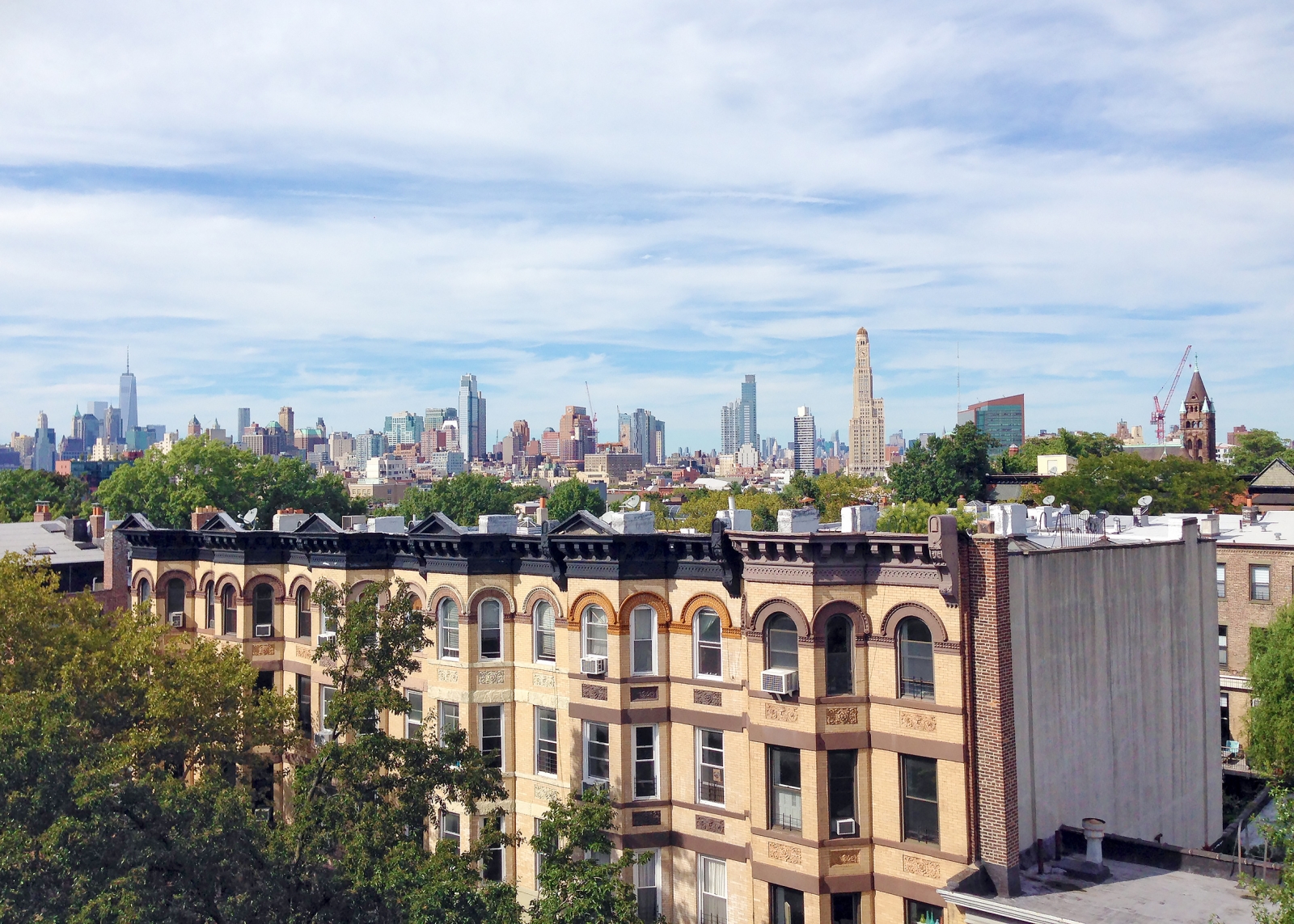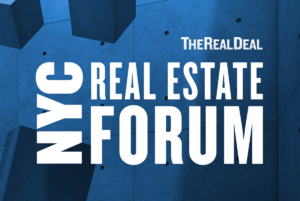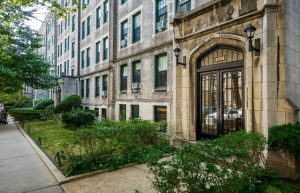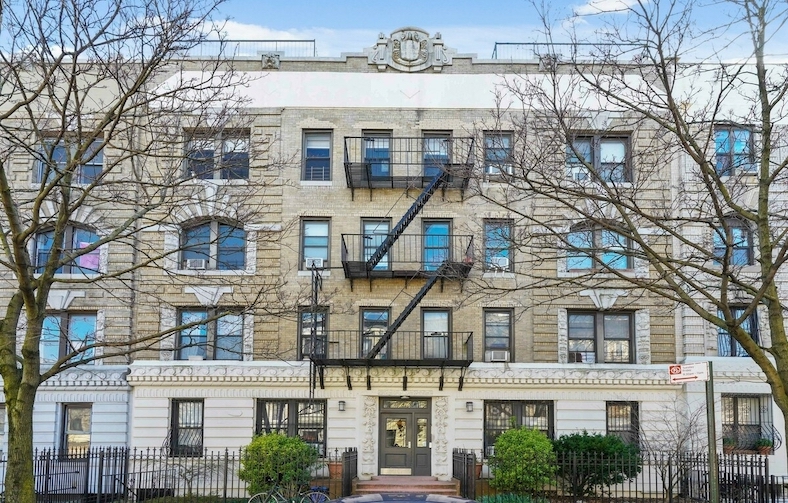The lack of affordable homes in the city has pushed the median price of properties on the market to new highs, particularly in Brooklyn. Home prices in the borough are quickly catching up to Manhattan, with the median recorded sale price rising 6.7 percent from the prior year, according to the Q1 2018 StreetEasy® Market Reports[i]. However, with large numbers of luxury homes continuing to flood the New York City sales market, overall home price growth as measured by the StreetEasy Price Indices[ii] remains modest.
The Brooklyn neighborhoods of Carroll Gardens, Dumbo, Park Slope and Greenpoint were among the city’s ten most expensive in the first quarter of 2018, based on median sale price, eclipsing Manhattan neighborhoods such as the Upper East Side and the West Village. Park Slope was among the ten most expensive New York neighborhoods for the first time, with a median recorded sale price of $1,405,000 — higher than 19 of the 25 Manhattan neighborhoods.
Overall, 19 percent of Brooklyn neighborhoods in the first quarter of 2018 had a median recorded sale price higher than the Manhattan median. But the median price per square foot in Brooklyn and Queens, at $700 and $500, respectively, remains much lower than the Manhattan figure of $1,400.
“The spike in recorded sales prices highlights the stiff competition that budget-minded buyers face entering peak home-shopping season,” said StreetEasy Senior Economist Grant Long. “While Brooklyn and Queens were once an oasis for those priced out of Manhattan, the cost of homeownership in the outer boroughs is on the rise. Neighborhoods that were once middle-class have become among the most expensive in the city. However, those with the means to buy in these areas will still get more for their dollar than in most of Manhattan.”
Q1 2018 Key Findings — Manhattan
- Sales prices rose the most in Upper Manhattan and Midtown. The StreetEasy Price Index in Upper Manhattan rose 3.2 percent to $531,719, and 3.1 percent in Midtown[iii] to a record high of $1,234,760.
- Upper West Side prices dropped, while the number of days on market grew. The Upper West Side StreetEasy Price Index dropped 1.1 percent since last year to $1,131,030. Median time on market grew more than 30 percent, from 62 to 81 days, the biggest increase in the borough.
- The share of price cuts in Upper East Side [iv] rose the most in the borough. The Upper East Side saw the highest share of homes offering a price cut: up 3.1 percent year-over-year to 26 percent.
- Rents in Manhattan stagnated. The StreetEasy Manhattan Rent Index [v] was virtually unchanged since the first quarter of 2017: up 0.8 percent to $3,142. Rents increased most in the borough’s least expensive submarket: up 2.5 percent annually in Upper Manhattan [vi] to $2,309.
- Rental inventory was tight during the winter slowdown. Inventory in Manhattan shrunk 11.1 percent since last year to its lowest level since the fourth quarter of 2015.
- The Upper West Side saw the highest share of rentals discounted in the city. Thirty-three percent of rentals in the Upper West Side submarket — which includes the Upper West Side, Lincoln Square, Manhattan Valley and Morningside Heights — were discounted this quarter, a 2.1 percent increase since last year.
Q1 2018 Key Findings — Brooklyn
- The StreetEasy Price Index rose in North Brooklyn. North Brooklyn [vii] has surpassed Northwest Brooklyn [viii] as the most expensive submarket. The North Brooklyn StreetEasy Price Index rose 6.1 percent to a record high of $1,192,846, despite the impending L train shutdown. Inventory fell by 16.3 percent, the biggest decline in the borough.
- Prices fell in East Brooklyn and Prospect Park. Sales prices in East Brooklyn dropped 4.1 percent to $645,777, and 3.9 percent in Prospect Park to $965,378.
- Brooklyn rents grew the most of the three boroughs. The StreetEasy Rent Index increased by 1.1 percent in Brooklyn to $2,546. East Brooklyn, the second-to-least expensive submarket in the borough, saw the most growth in rents, up 1.8 percent to $2,421.
- Rental discounts fell in North Brooklyn. Thirty percent of rentals were discounted in North Brooklyn, the highest share in the borough, despite a 1.3 percent decrease since last year.
Q1 2018 Key Findings — Queens
- Prices in Queens increased the fastest among the boroughs. The StreetEasy Price Index in Queens rose 6.8 percent since the first quarter of 2017, to $516,693.
- Sales inventory jumped in Queens, up 41.2 percent since last year. South Queens inventory rose the most: up 90 percent since last year.
- Rents in Queens remained stagnant. The StreetEasy Queens Rent Index dropped by 1.0 percent to $2,098 since last year.
- Northwest Queens was the only submarket where rents declined. Rents dropped 2.4 percent since last year, to $2,167.
- Central Queens and Northwest Queens offered the most rental discounts. Both submarkets had the highest share of rentals discounted in the borough at 23 percent each.
[i] The StreetEasy Market Reports are a monthly overview of the Manhattan and Brooklyn sales and rental markets. Every three months, a quarterly analysis is published. The report data is aggregated from public recorded sales and listings data from real estate brokerages that provide comprehensive coverage of Manhattan and Brooklyn, with most metrics dating back to 1995 in Manhattan and 2005 in Brooklyn. The reports are compiled by the StreetEasy Research team. For more information, visit http://streeteasy.com/blog/market-reports/. StreetEasy tracks data for all five boroughs within New York City, but currently only produces reports for Manhattan and Brooklyn.
[ii] The StreetEasy Price Indices track changes in resale prices of condo, co-op, and townhouse units. Each index uses a repeat-sales method of comparing the sales prices of the same properties since January 1995 in Manhattan and January 2007 in Brooklyn and Queens. Given this methodology, each index accurately captures the change in home prices by controlling for the varying composition of homes sold in a given month. Levels of the StreetEasy Price Indices reflect average values of homes on the market. Data on the sale of homes is sourced from the New York City Department of Finance. Full methodology here: http://streeteasy.com/blog/methodology-price-and-rent-indices/
[iii] The Midtown submarket covers Roosevelt Island, Midtown, Central Park South, Midtown South, Midtown East, Midtown West, Murray Hill, Sutton Place, Turtle Bay, Kips Bay, Beekman, Hudson Yards and Hell’s Kitchen.
[iv] The Upper East Side submarket includes Lenox Hill, Yorkville, Carnegie Hill, Upper Carnegie Hill and Upper East Side neighborhoods.
[v] The StreetEasy Rent Indices utilize a similar methodology to the StreetEasy Price Indices and include only valid and verified listings from StreetEasy. By employing a repeat-rentals approach, the indices emphasize the changes in rent on individual properties and not between different sets of properties. Full methodology here: http://streeteasy.com/blog/methodology-price-and-rent-indices/
[vi] The Upper Manhattan submarket covers Hudson Heights, Hamilton Heights, Washington Heights, Inwood, Fort George, West Harlem, Central Harlem, East Harlem, Manhattanville, South Harlem and Marble Hill
[vii] The North Brooklyn submarket consists of Greenpoint, Williamsburg and East Williamsburg.
[viii] The Northwest Brooklyn submarket consists of Downtown Brooklyn, Fort Greene, Brooklyn Heights, Boerum Hill, DUMBO, Vinegar Hill, Red Hook, Gowanus, Carroll Gardens, Cobble Hill, Columbia St. Waterfront District and Clinton Hill.
—
Hey, why not like StreetEasy on Facebook and follow @streeteasy on Instagram?








